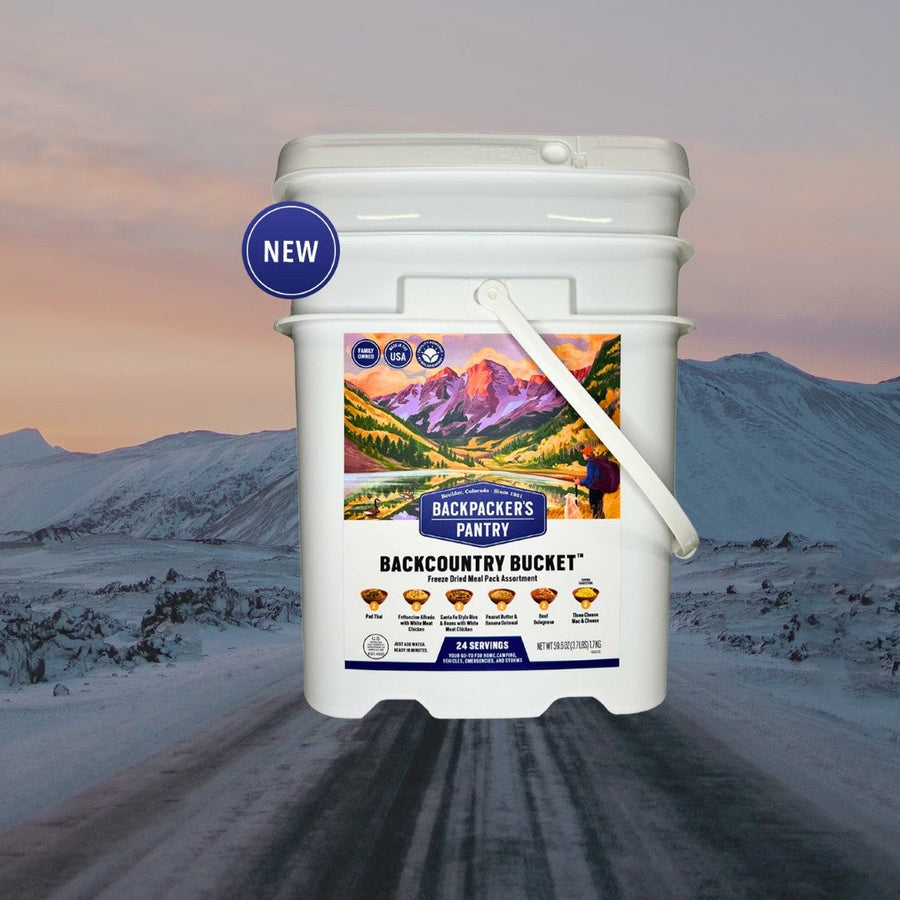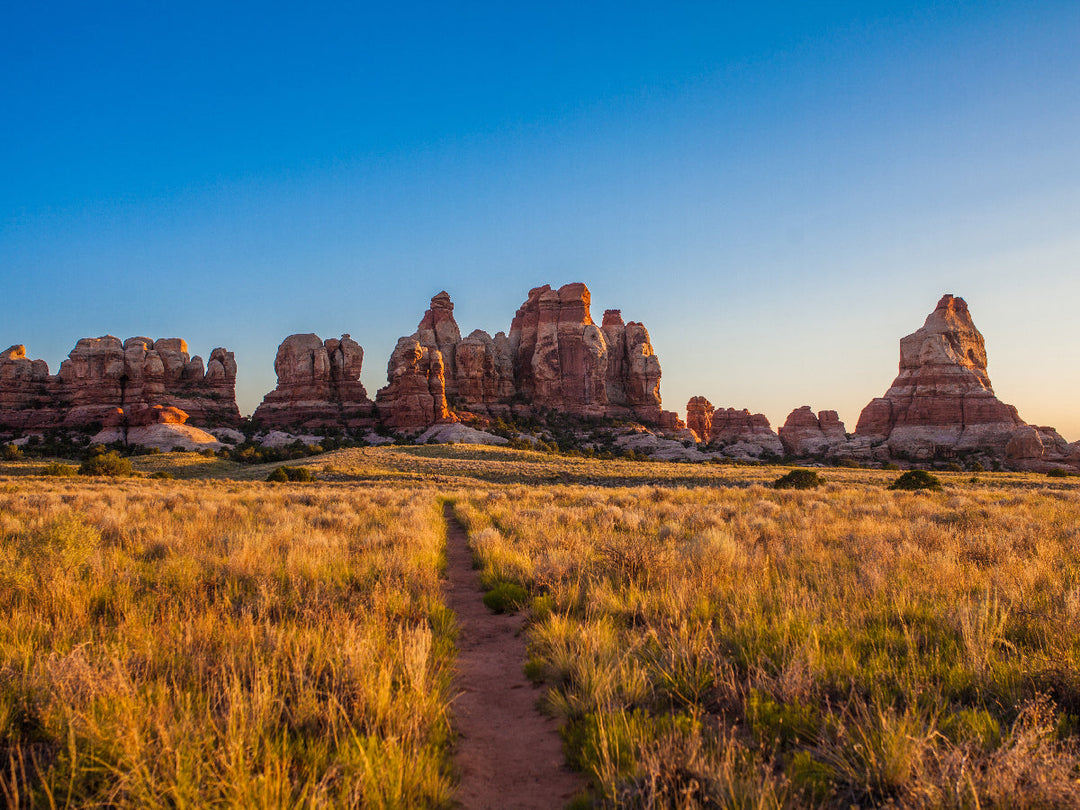Understanding Weather: Preparing For The Unexpected In The Outdoors

How To Avoid Getting Caught In a Storm
September is National Preparedness Month and we want to help you stay safe out on the trail. No hiker wants to get caught in a storm, which is why learning how to observe weather can help you make valuable forecasts for your next hike. Safety first!
What Causes a Storm?

Weather activity is driven by atmospheric lift (when an air mass is forced from a low elevation to a higher elevation). When air rises, it cools, creating the formation of clouds as water vapor condenses. Enough lift creates precipitation and the faster the lift, the more dramatic the weather.
There are four factors to consider that drive lift: fronts, low pressure systems, mountains, and convection.
Cold Front - when cooler air pushes up warmer air ahead of it. Cold fronts causes dramatic uplift and are responsible for severe weather.
Warm Front - warmer air that moves up over colder air. Steady precipitation is likely before a warm front.
Pressure - Barometric pressure is an important indicator of weather changes that can help you predict weather out in the backcountry. Fitness watches with barometers are helpful for hiker-forecasts.
- High Pressure: fair weather with few clouds.
- Low Pressure: brings clouds, precipitation and wind.
Look To The Clouds

Clouds can tell you what direction the weather is coming form, how stable or unstable the atmosphere is, and how far away a storm is.
Cloud Observations To Note
Stratus Clouds - are flat, lower to the ground, and indicate more stable conditions.
Cumulonimbus Clouds - These clouds are dense, towering, and vertical with have dark bases and columns. They create dangerous thunderstorms. Beware!
Cloud-Base Heights - Descending cloud bases indicate deteriorating conditions, whereas rising clouds indicate improvement.
How To Make a Field Forecast

Now that you know a bit about weather activity, it's imperative to look for changes in the weather to ensure your safety in the backcountry. Here's how you can predict what lies beyond the horizon.
The weather will do one of three things: deteriorate, improve, or stay the same.
Signs of Deteriorating Weather
- Rapidly building cumulus clouds
- Barometric pressure is dropping
- Precipitation is newly occurring
- Temperature is increasing
Signs of Improving Weather
- Clearing or rising bases of clouds
- Barometric pressure is rising
- Precipitation is heavy during a storm
- Temperature is decreasing
Signs of Consistent Nice Weather
- No or few "wispy" clouds
- Barometric pressure is high and steady
- No precipitation
- Temperature is steady
Other Tips To Ensure Safety In The Outdoors
Always check the weather before you go, stay off summits when storms are near, and if you're caught in a storm practice the "lightening crouch" : keep your feet together, crouch low to the ground to reduce the risk of being struck or the length of the path of electricity through your body if struck.
Lastly, packing the right emergency supplies is a must! Make sure you bring the following with you out on the trail: basic first-aid supplies, warm/weather appropriate clothing, plenty of water and/or a water filter, and enough food to stay properly fueled. Backpacker's Pantry freeze-dried meals are the perfect nutrient-dense meals for outdoor adventuring. Just-add- hot water! Browse our full selection of meals here.






